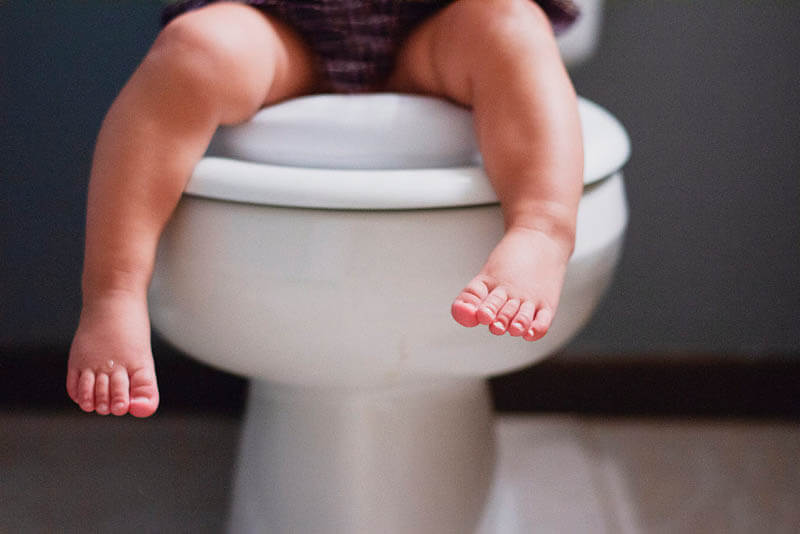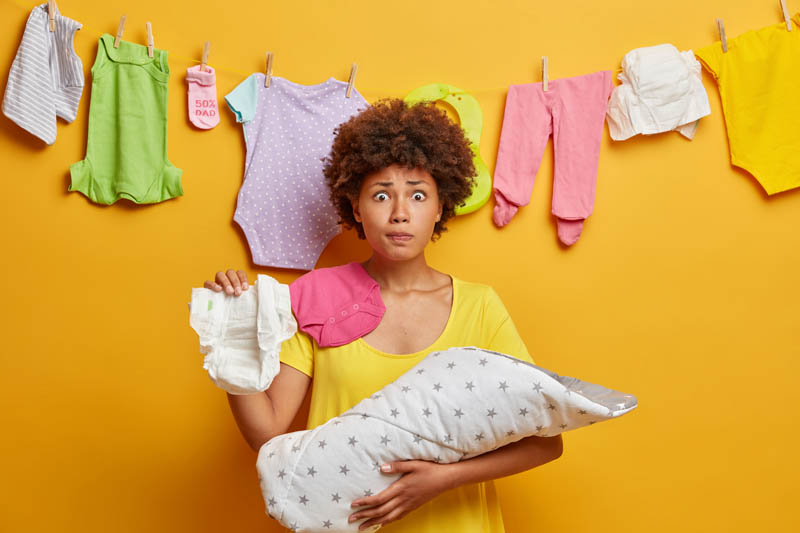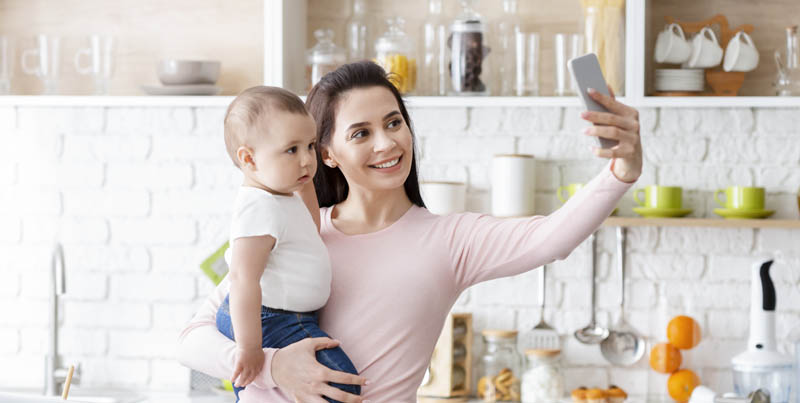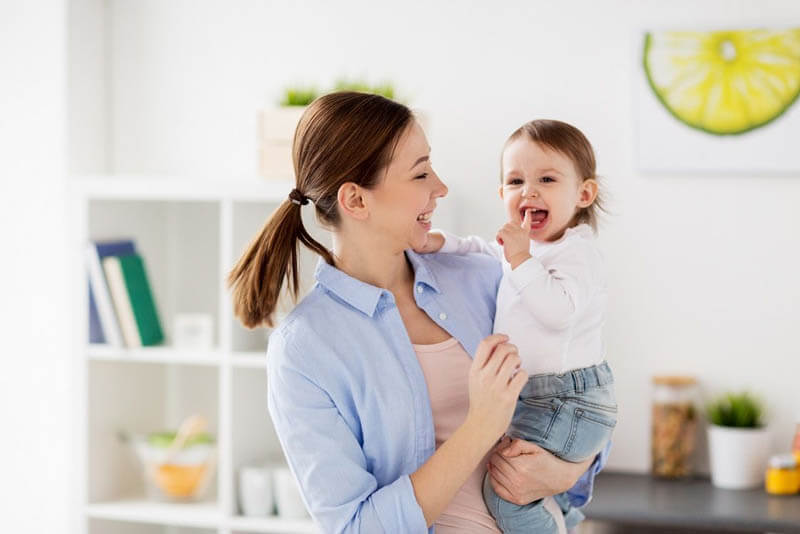As soon as you see that your precious child is ready for going potty, don’t hesitate to start. But what is the best time to potty train? This article will be your guide at this new stage.
If you have noticed that you’ve begun to change the diapers much rarely and your child’s diaper stays clean even after sleep, this may mean it is time to teach your child to go potty. One main thing that you will definitely need is tolerance. Please, remember that children always develop in different ways.
Some of them can start using the potty regularly at an early age, some of them much later, and it’s okay. Don’t worry and try a personal approach to such a delicate issue: nobody but you knows better how to treat your child. So try to accustom all the recommendations you are given to your child’s character, conditions, and opportunities. Here are some general and universal tips.

What Is the Best Time to Start Potty Training?
First of all, ensure your kid is ready for using a potty. Why is it so crucial? Because otherwise, all your efforts to teach him prematurely would be for nothing. How to make sure your toddler is ready? Here are some things you need to pay attention to:
- There is no need to change the diapers as often as earlier. Till the age of approximately 20 months, kids aren’t in charge of their urination so that their diaper becomes wet very often. However, when you have noticed that the intervals between changing diapers are becoming longer – up to two hours, this means that your toddler is learning to control urination. Briefly, now they are physically capable of using a potty.
- Regular defecation. This helps you to determine when it is the ‘potty time’.
- A toddler pays attention to dirty diapers. And, of course, he doesn’t like it. When your kid starts to feel uncomfortable wearing diapers after peeing or pooping, this can be a good sign that he would be open to new suggestions!
- A toddler can show you he is about to pee or poop by vocalizing distinctive sounds with his mouth. This shows that your kid is already mature enough to realize what is going on.
At What Age Is It Better to Learn to Use a Potty?
Typically, children are ready to use the potty after they’ve turned 2 years old, sometimes up to the age of 4 years old which is considered a late potty training time. Do not pressure them, give them some time to prepare and then get used to such a change.

How to Get Your Kid Ready for Going Potty?
Even after you’ve achieved some progress and succeeded with the potty training methods 3 days, do not hurry up to throw the diapers away. You’ll definitely need them later. This is long and gradual progress. To make the process smooth, follow these steps:
- Show all the advantages of potties. Show your toddler all the benefits of potties in a playful way. You can say something like ‘You see, these panties are so nice! Do you want to wear panties like Mommy and Daddy?’. But avoid being too pushy and implementing fast changes: do not throw all the diapers right away or mock your child for ‘too childish behavior’. That won’t help to encourage anyone, and your child can even start opposing potties instead.
- Think of a regular toilet talk. There are some scientists that suggest preferring formal expressions, such as ‘urinate’, to some goofy words, such as ‘wee-wee’, because as kids grow up, they can be embarrassed by them. Also, try to avoid commenting on the contents of your kid’s potty as ‘stinky’ or ‘yucky’. It would be much better for your kid to realize this is an absolutely normal and natural process.
- Praise your child’s mature behavior. Notice any other small changes that aren’t related to toilet routine. Support them acting like a grown-up, for instance, when your kid doesn’t spill the cereal on purpose during eating or helps you to clean the room. All these details contribute to your child’s understanding of what they should seek. But do not overdo it: do not demand too much. Let your kid be just a kid.
- Clearly demonstrate the way a potty should be used. Of course, you could just describe in words what is needed, but you’ll agree that such young children understand and remember better if they see it. It will be much easier just to show. However, there are parents that aren’t ready for such openness. If you are one of them, take it easy, it is okay. You can omit this tip if you want to.
- Smooth the transition from diapers to potty. It would be great if you could change the diapers nearby with a potty in view. This way the child will remember the relation of these things better.
- Choose a good baby potty. It should be made from high-quality, long-lasting material. It is also important to buy a potty that doesn’t overturn if a toddler jumps up off it. You can also find a potty seat that makes a potty look more similar to a ‘grown-up toilet’, go for a potty chair or a portable potty to take it with you on trips. To increase the thrill before buying it, take your child with you to the mall or supermarket, choose it together, and pack it in a gift box. Actually, having a nice-looking child’s toilet is the easiest way to potty train.

How to Introduce Your Child to Potty and What Is the Best Way to Potty Train?
When a child starts to go potty, this is a big deal and a huge achievement for parents. So, here we have gathered some tips on how to begin poop training.
- Dress the kid accordingly. Pants should have no fiddling, no sly buttons and, God forbid, no overalls. They should be easily pulled off by a toddler. You can have your kid practice a little in a calm atmosphere – as a rehearsal before a real rush.
- Have your child wear pull-ups. At first, it can be problematic to learn to go potty without getting something dirty. Pull-ups can be pulled down like panties but if needed, they will soak everything up. Then they can be taken off whether like diapers or like panties. When your child manages not to stain anything, you can change pull-ups to washable panties.
- Do a little exercise. To train your kid to control urination, try going to the place where you aren’t afraid to stain anything (bathroom, for instance), put a potty nearby, and let your child bare their bottom. The kid might instinctively want to urinate as they don’t wear any diaper that would hold it. So just make sure the potty is close enough and your kid understands where it is, and wait till your precious child will figure out what to do on their own.
- Be attentive. At the moment, you know your kid’s body language better than they do. So you must have noticed some special ‘indicators’, such as squirming, for instance, that shows they want to go potty. When you see something is happening, kindly offer your child to go to the bathroom. Even if it’s too late, put your child on the potty just to teach them the logical connection between peeing and sitting on a potty, despite the wrong sequence.
- Encourage your toddler. Keep mentioning that going potty is another step in becoming an adult. Think up of any suitable small reward for little success.
- Show your child how to check dryness. This way, you create an illusion of autonomy for your kid. Hug and praise him if they are dry and do not blame them if they are not.
- Show enough tolerance and patience. Get ready that your toddler won’t do it overnight. It can take a few weeks to show substantial progress, including some setbacks that will definitely happen, too. The earlier parents get rid of delusional expectations, the better for them and their kids. Yelling or embarrassing doesn’t work, forget it. We bet nobody likes mopping the floor, but there is no fast and short way to overcome this. Do not exaggerate some little failures, otherwise, your kid will be at best disappointed or even stressed. This will not help toilet training at all.
- Don’t forbid drinking. A common parents’ mistake is to restrict their child’s drinking as if it would help to prevent a certain mishap. This is not a rational and smart method at all. It would be much better to encourage drinking instead so that a kid would go potty sooner.
- No grumbling. Grumbling and nitpicking will only make all the wish and motivation vanish into thin air or even cause rebellion. Do not set examples of friends or other peers. Stop pushing, rushing, and pressuring – this doesn’t work. Your aim is to teach your child to go potty willingly, not because of fear.
- Do not start a quarrel. Fighting over the potty is an unwinnable and endless argument. If you feel you face absolute strong reluctance to go potty, you’d better give up this idea for some days or weeks. Rushing and pushing won’t do any good. And usually when potty training, boys are more reluctant to use the toilet.
Teaching your kid to go potty is never an easy and smooth process, so take it easy and get used to temporary inconveniences. All potty training problems can be solved. Be understanding, loving, caring, as well as inventive, and attentive to details. Do not get frustrated – all children need time for such changes. Even though this stage may look like a never-ending one, it is not!





